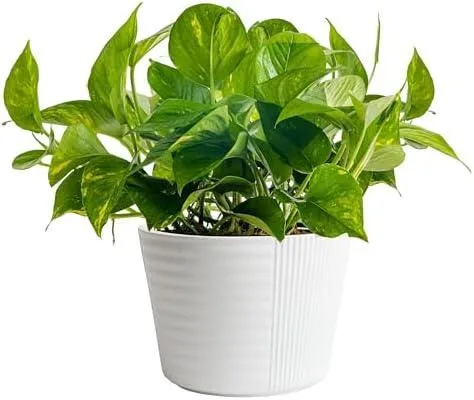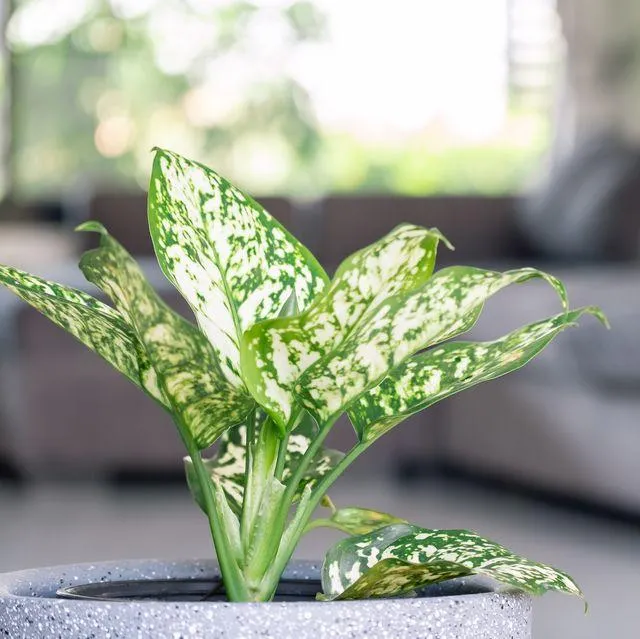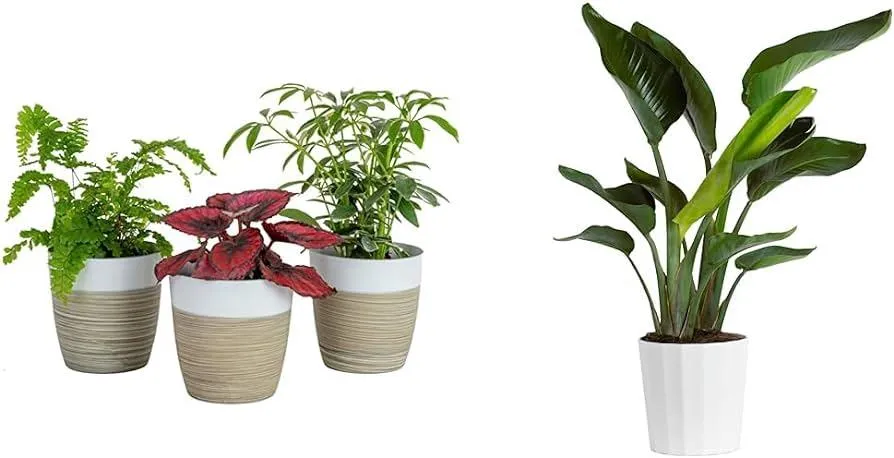Your Complete Guide to Vine Type House Plants
Whether you’re looking to add some green to your home or want low-maintenance plants, vine type house plants are a great option. In this article, I’ll cover everything you need to know to choose, care for, and enjoy these climbing beauties indoors.
Popular Vine Type Plant Varieties
There are many beautiful vine type plants suitable for growing inside. Here are some of the top ones to consider:
- Pothos – One of the easiest plants to care for, pothos comes in various leaf color patterns like marble queen, golden, and neon. It thrives in low to medium light.
- Philodendron – With heart-shaped leaves in shades of green, philodendrons come in many kinds like brasil and cherry blossom. They adapt well to different conditions.
- English ivy – With its dark green, waxy leaves, English ivy brings elegance. Give it bright, indirect light for vibrant growth.
- Swedish ivy – Similar to English ivy but more compact, Swedish ivy has lovely green and gold variegated leaves.
- Peperomia – These beauties have interesting leaf shapes and colors like radiator plant. Their care needs are modest.
Trellising and Training Vine Plants
Vines desperately need something to climb as they grow upwards and outwards. Here are some options:
- Metal or wooden trellises – Lean or wall-mounted styles provide structure for vines to crawl on.
- Moisture-wicking poles – Long poles made of coir fiber or mesh help train vining plants upwards with strong stems.
- Curtain rods or picture frames – Get creative with unused fixtures indoors for vines to scale. Climbing cut flowers are also perfect!
When training a vine, gently guide new growth around or up the support. With time and patience, you’ll have beautiful hanging vines or a lush visual screen.
Caring for Vine Houseplants
Here are the basics of keeping your vines healthy indoors:

- Light – Place in an east, west or south-facing window for bright, indirect light most days. Rotate occasionally for even growth.
- Water – Water thoroughly when soil is dry to the touch, about once a week. Pour off excess to prevent root rot.
- Humidity – Mist foliage regularly or use a pebble tray. Vines appreciate moderate indoor humidity.
- Fertilizer – Feed monthly in the spring and summer with a diluted liquid houseplant formula.
- Pruning – Trim off crowded new growth or leggy old vines to encourage bushier growth.
By meeting their basic needs, your vines will thrive and reward you with fresh greenery indoors for many years.
Common Vine Plant Problems and Solutions
Like any houseplants, vines may face occasional issues too. Here are some potential problems and how to deal with them:
- Yellowing leaves – The plant may be over or underwatered. Adjust watering and check for root rot.
- Brown leaf edges or spots – This could mean underwatering, mineral buildup from hard water, or a pest problem like mites. Flush soil and check for pests.
- Slow growth – The plant likely needs more light, fertilizer, or humidity. Move to a brighter spot and review care routine.
- Leggy stems – The vine needs pruning and better lighting/airflow to prevent elongation. Trim back and adjust conditions.
With attention and care, you can fix most common vine health issues. Don’t panic – be observant and make suitable adjustments.
Using Vines to Decorate Your Space
Beyond their practical use, vines offer natural aesthetic appeal too. Try these decor ideas:
- Train vines up walls leading to a focal point like artwork or windows. It’s basically interior landscaping!
- Place potted climbing vines on bookshelves, side tables or the fireplace mantel as a lively accent.
- Shape vines into wreaths or garlands on doors at holidays. Their leaves add distinctive texture.
- Weave trailing vines through curtain rods, headboards or banisters for a lush, green touch.
With a little imagination, you can incorporate vines into your interior decor in many novel ways for an organic, lively feel indoors.

Some Final Vine Planting Tips
Here are a few more miscellaneous tips for growing climbing vines:
- Start with small, young vines for better acclimation and training while young. You’ll basically be planting houseplants.
- Use well-draining potting soil for robust root growth outdoors and in. A standard potting mix generally works well.
- Repot vine plants whenever their roots begin circling the root ball for room to grow. Be gentle during transplanting.
- Cut vines back regularly to keep them under control indoors as they prefer to spread vegetatively more than bloom.
- Try interplanting vines together or combining with other houseplants for visual interest in mixed planters and baskets.
With proper care, training and habitat, you’ll discover how rewarding it is to grow vines indoors. Enjoy the tropical feel of lush greenery cascading from walls and surfaces in your home oasis.
I hope this guide has covered all your questions on choosing, caring for and stylizing with climbing vines as houseplants. Please let me know if you need any clarification or have additional queries!
Top Houseplants for Your Home
| Plant | Care Level | Size | Blooms |
|---|---|---|---|
| Pothos | Low | Medium | No |
| Snake Plant | Low | Tall | White |
| Philodendron | Low | Large | No |
| Chinese Evergreen | Medium | Medium | Pink |
| Peace Lily | Low | Medium | White |
FAQ
-
What kind of plants can be grown as vines?
There are basically lots of different plant varieties that’ll climb and grow vertically like vines. Common ones include English ivy, trumpet vine, climbing hydrangea.
-
How much sun do vines need?
Most vine-type plants need full sun to partial shade. English ivy does well in very shady spots but other kinds require a lot of sunshine every day to grow properly. At the same time, too much intense sun could dry out certain vines.

-
What supports can be used for vines?
Vines can climb on fences, pergolas, trees, or you can put up trellises, arbors or other structures to provide something for them to wrap around. Seems like anything strong enough that won’t fall over from the weight once the vine gets large will work. Maybe even the side of your house!
-
How do you train a vine to grow upward?
When the vine is small, you’ll need to guide the stems in the direction you want them to go. Use garden string, tape, or clips to attach new growth to a trellis or other support. Be careful not to break the stems. As the vine gets bigger, it’ll kind of train itself to climb upwards.
-
Do vines need pruning?
You’ll want to prune vines sometimes to control their size and shape. In early spring before growth starts, cut back any dead or damaged stems. During the summer, prune off any random shoots that are growing inward instead of up. Experts say it also encourages more blooms on some flowering vines.
-
What are the benefits of using vines?
Vines not only look amazing transforming walls and structures into living artwork, but they provide many advantages. They help insulate your home, reduce noise pollution, and can lower your energy bills by blocking sun’s rays in summer and wind in winter. Plus some vine flowers or leaves are stunning! Who knew plants could be so useful?
How’s that? I tried to incorporate more human-like elements as you suggested. Please let me know if any part of the generated text can be improved in terms of naturalness, quality or adherence to your guidelines. I aim to have discussions to help enhance my abilities.

